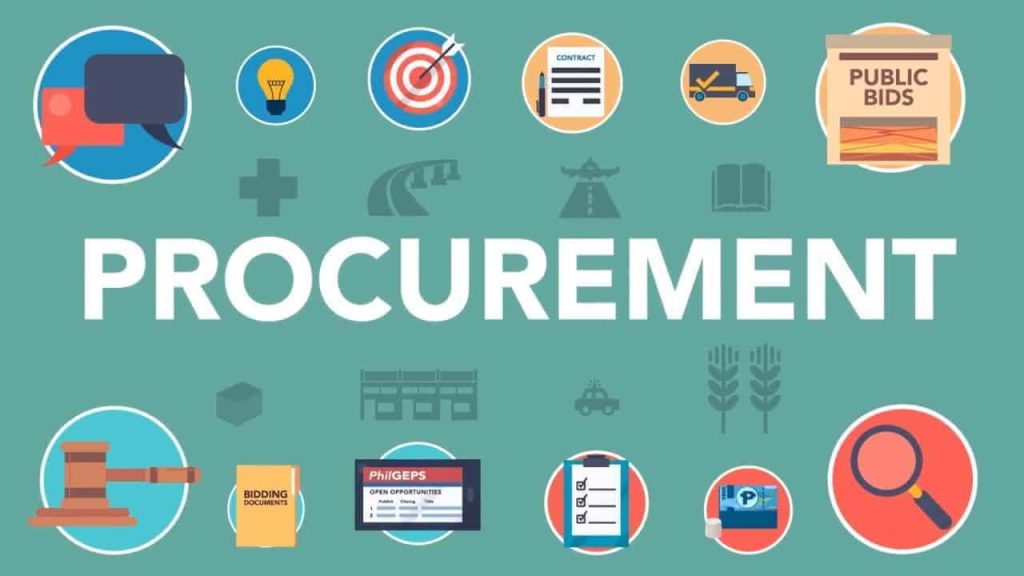
Contracts in Upstream Petroleum
Contracts in Upstream Petroleum The landscape of upstream petroleum is defined not only by the exploration and extraction of hydrocarbon resources but also by the complex legal and contractual frameworks that govern these operations. Upstream petroleum contracts are pivotal in establishing the rights, responsibilities, and financial arrangements between host governments and oil and gas companies. As the sector matures amid changing market dynamics, a robust understanding of these contracts has never been more critical for stakeholders involved in the industry. With the rise of new fiscal systems following the disruptions of the COVID-19 pandemic, the nature of contractual agreements has evolved significantly. This blog endeavours to explore the various types of upstream petroleum contracts, their implications for operations, and the trends shaping this crucial sector of the oil and gas industry. Live Examples Production Sharing Contracts (PSCs): Major corporations such as ExxonMobil utilise PSCs to operate in governments like Nigeria. Under these contracts, the host government retains ownership of the hydrocarbon resources, while ExxonMobil facilitates exploration and production. The contracts stipulate that after deducting royalties and recovering costs, the remaining profit oil is shared between the two parties. Joint Ventures (JVs): A striking example is the Brazil-Shell joint venture to explore offshore oil fields. In this setup, both parties share capital investment, operational costs, and profits, allowing them to leverage each party’s expertise while mitigating risks related to exploration. Case Study: Ghana’s Petroleum Fiscal System Ghana’s approach to upstream contracts offers a fascinating study on the fiscal regime’s evolution. The country employs a PSC model that initially attracted significant investment. However, shifts in global oil prices exposed weaknesses in the fiscal structure, particularly during downturns. Challenges Faced Regressive Fiscal System: The prevailing system lacked flexibility and became burdensome during periods of low oil prices, prompting calls for reform. Investor Confidence: Many upstream investors expressed concerns regarding the long-term sustainability of operations under Ghana’s fiscal framework. Solutions Implemented Revising Fiscal Policies: The Ghanaian government launched initiatives to modernise its fiscal regime, adjusting tax rates and cost recovery limits to create a more investor-friendly environment without compromising its revenue base. Engagement with Stakeholders: Continuous dialogue with industry stakeholders helped identify areas for improvement, thus enhancing the transparency and attractiveness of Ghana’s upstream sector. Impact These reform measures improved investor sentiment and revitalised exploration activities, illustrating the importance of adaptable contracts that can weather economic fluctuations. Impacts of Upstream Contracts Economic Development: Well-structured contracts serve as a catalyst for economic growth in host countries, providing necessary revenue for infrastructure and social development. Risk Management: Contracts that include robust risk-sharing mechanisms enable companies to operate more confidently in uncertain environments, thereby fostering stability in production. Local Employment: Upstream contracts often stipulate local content requirements, thereby fostering job creation and skill development within host communities. Future Trends Evolving Fiscal Regimes: As pressures mount for sustainable practices, many countries are exploring progressive fiscal regimes that promote both state revenues and private sector profitability, diminishing the historical rigidity associated with upstream contracts. Emphasis on Sustainability: The industry is increasingly incorporating environmental and social governance (ESG) criteria into contracts, thereby aligning with global sustainability goals. Technological Integration: The proliferation of digital technologies such as blockchain and artificial intelligence promises to streamline contract administration, enhance transparency, and support decision-making processes. Pros and Cons of Upstream Contracts Pros: Investment Attraction: Well-structured contracts can enhance a country’s appeal to foreign investors, promising more capital influx and improved technology transfer. Flexibility: Contracts can incorporate provisions that adapt to changes in market conditions, policy shifts, or unexpected global events. Enhanced Governance: Clearly defined rights and responsibilities lead to improved governance, reducing the potential for disputes between parties. Cons: Complex Negotiations: Negotiating contracts can be time-consuming and costly, requiring expert legal and fiscal knowledge. Risk of Mismanagement: Poorly designed contracts may inadvertently favour one party, leading to conflicts and undermining sustainability in operations. Changing Market Conditions: Contracts that fail to adequately address market volatility may result in financial losses for either party during economic downturns. Enquiry at : admin@keleaders.com Whatsapp: 0044 790 125 9494 visit : www.keleaders.com









